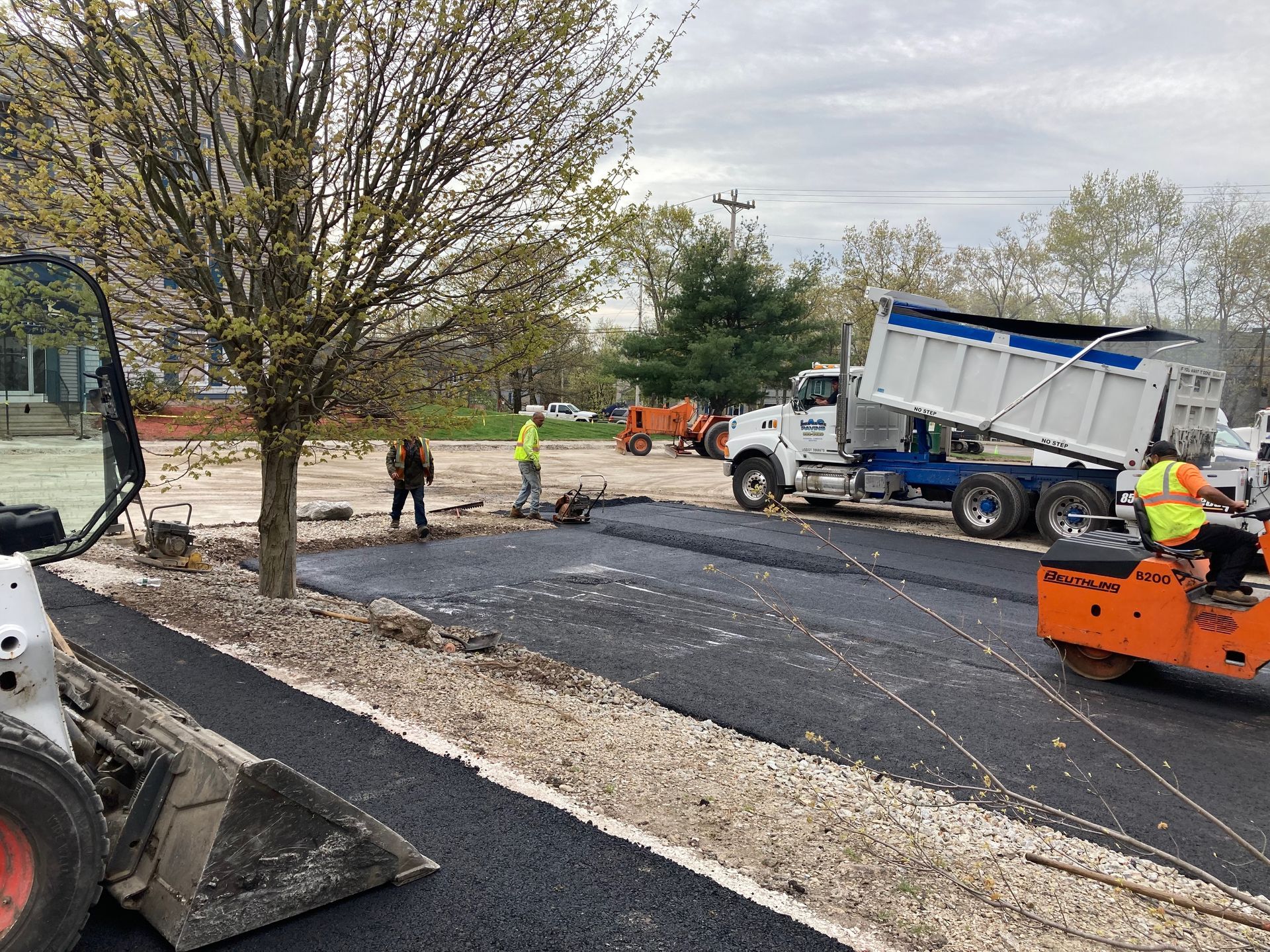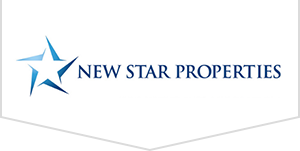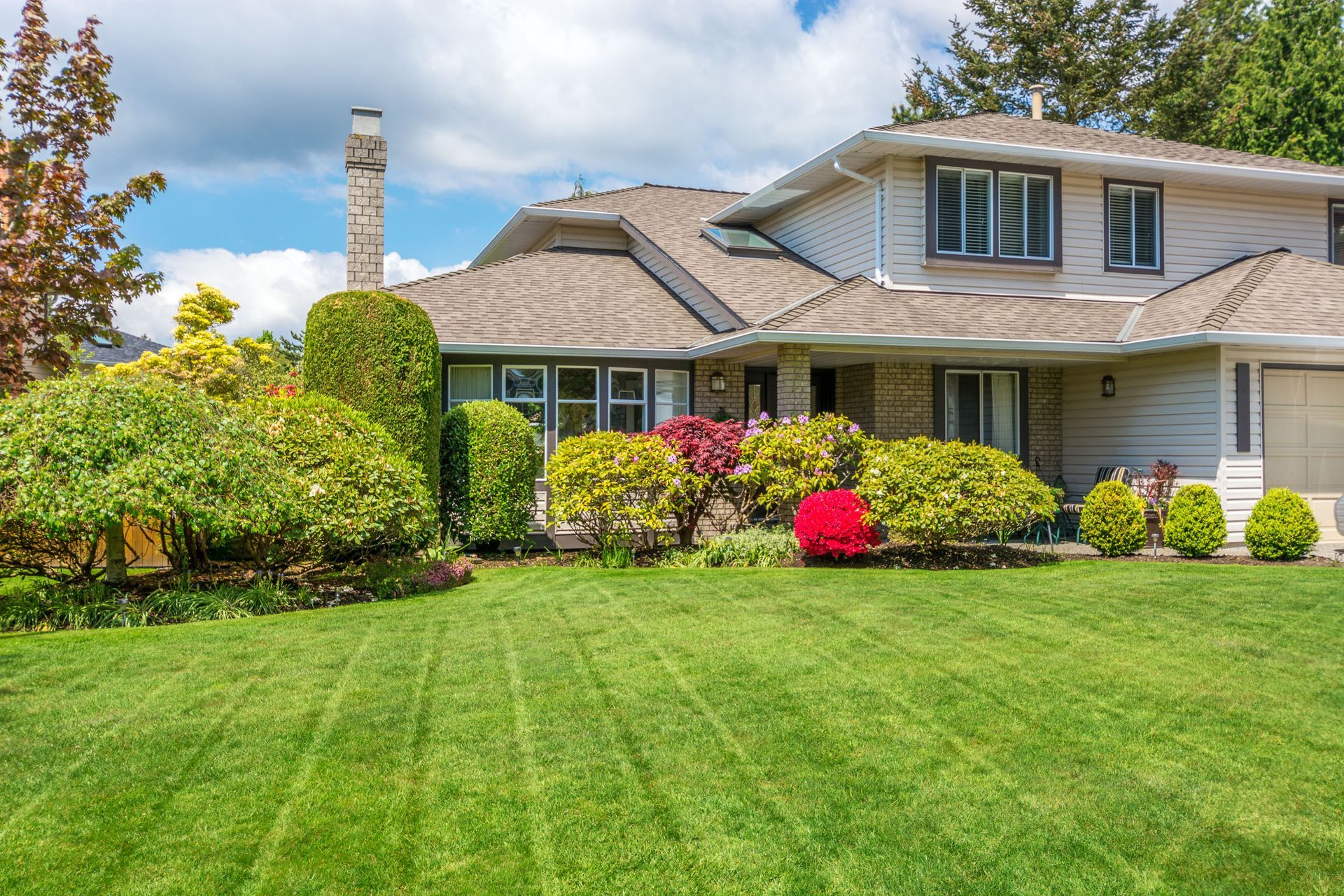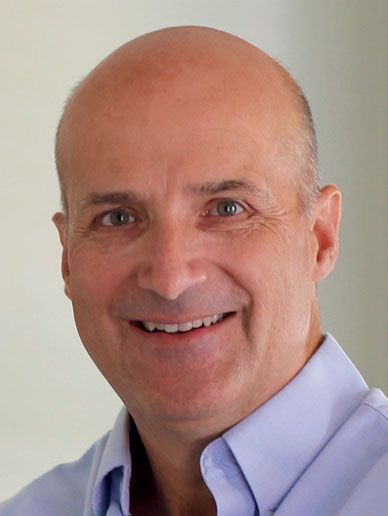Condominium/Homeowner Association Capital Project Funding Bank Loan Funding Considerations
Condominium/Homeowner Association Capital Project Funding Bank Loan Funding Considerations
So… Your community is facing some major capital replacement expenses, such as roofing or blacktop paving, and reserve funds are inadequate to handle the project. Perhaps previous Boards and management teams may have seriously short funded reserves and emergency conditions may require a level of funding where some sort of bank loan will absolutely be required. As a Board, you have already looked at funding possibilities such as raising dues, delaying the project, or implementing a Special Assessment. In spite of the options, the project ultimately is going to require external funding. Before signing the loan paperwork, there are several elements you will want to review:
One Last Look at Alternatives
Bank loans often appear the most attractive option in a moment of need but Board members will want to take that “extra look” at alternatives mainly because bank loans hang around with debt service payments for years to come. Long after the roofs are replaced, your community will be saddled with payments that can chew up anywhere from 10% to 30+% of your operating income. What seems like a relatively trouble-free funding solution in the moment will morph to future complaints and anguish from the community about the level of dues required each year to cover the debt service.
In an attempt to lessen the pain down the road on homeowners, Boards should take a look at lightening the loan by integrating 3rd party funding with a special assessment. Once the ultimate loan amount is lowered, the Board can choose either a shorter term for repayment or set a lower payment plan.
Choosing a Lender and Selecting Your Loan
Assuming the community must obtain 3rd party funding, Boards need to recognize that not all banks are equal in the ability and willingness to lend funds to COA/HOA communities. Unlike personal homes where the home itself becomes collateral for the lender, thereby reducing some of the lending risk, condo communities really only offer security to the bank in the form of future condo fees. Lenders cannot use the condo units to secure the condo loan as the Association is the borrowing entity and does not own the units. This lack of conventional collateral means that lenders may feel there is more risk than what they want to accept and either will not lend at all, or they will have terms that reflect their perceived risk.
Recognizing that lenders will vary, Boards will want their management team to look at 2-3 different potential lenders, depending on the size of the loan. Differentiation between lenders will typically focus on the interest rate being charged as well as the “reset term”. Typically, COA and HOA loans are considered commercial loans. Often commercial loans have an interest reset period every 5 years. In conventional, residential mortgage terms, the reset timing is essentially a type of an Adjustable Rate Mortgage.
As a general statement, repayment of the loan at the first opportunity is typically the best course of action, keeping in mind that “no loan” is superior to 3rd party funding. Remember, every year that you hold your loan, your operating budget will be higher by the debt service that must be paid for the year. Again, long after the original project has been replaced and funded, your community will be asking why “dues are so high” when an important part of this answer deals with the funding decision that seemed the easiest at the time.
When exploring loan options, attempt to get a fixed interest rate. For larger loans that will run for 10 years or more, try to get a reset period extended to at least 10 years. As the economy and interest rates will fluctuate over time, it is generally in the Association’s best interest to have fixed rates and predictable payments.
Other terms to be evaluated in a potential loan include working capital requirements (minimum account levels for checking or savings) as well as annual submission of financials. Among your final considerations, Boards will want to recognize that, typically, any lender that is extending a loan will often require all banking to be done through their organization. If the Board has an established relationship with a local bank the value of remaining with a known banking partner should be considered, particularly if another funding source is long distance.
Planning for Repayment & the Relationship of Debt Service to Reserves
One of the most serious mistakes a community can make is the consideration of debt service payments as part of their annual contribution to Reserves. While I discuss Reserve Planning in another blog, the community’s annual contribution to Reserves should be set from a comprehensive analysis of community capital assets by a 3rd party engineering team that will project replacement costs, timing and a proposed funding schedule such that, going forward, the community can be spared the risk of financial crises resulting from inadequate funding. When a community considers their loan repayments as part of their Annual Reserve Contribution, everyone is misled on how much money is actually going into reserves. The community is thinking the full amount designated for reserve transfer is going into reserves when, in fact, only the funds that have not already been committed for debt service.
The reserve fund is only available for future expenses and not for the repayment of a capital projects already installed.
The repayment of the loan is generally presented to the Association as a single payment due. However, the payment is comprised of the principal portion of the repayment and the interest associated with the loan. For budget and monthly reporting purposes, only the interest expense should be included as an expense on the income statement. The principal portion will not appear on the income statement. Each month, however, the amount of “Notes Payable” on the balance sheet will be reduced by the principal portion. Consequently, while the principal portion of the loan repayment does not show up on the income statement, it does affect the balance sheet.
When preparing next year’s budget, your management team should have the amortization schedule for the loan showing the interest portion of the loan receding each month/year while the principal portion increases until the loan is fully paid off. Since the principal reduction is not included in the income statement, it is important to show excess cash after all expenses are paid such that this cash flow covers the principal portion of the annual debt service.
In some cases, the notes payable from the loan appears on the Reserve Balance Sheet. For accounting purposes, the principal portion of the debt service payment may have to be paid from the Reserve Income statement (to “relieve/or reduce” the debt on the balance sheet. In this unique instance, the monthly reserve transfer should be increased by the principal portion to ensure that the community’s annual reserve funding objectives are fully met. (Pardon the somewhat “wonky’ commentary here. Talk with your management team for clarification if necessary).
Final Notes
Reserve planning and capital funding is among the most critical challenges facing condo/HOA boards. Your management team should be actively collaborating to help the Board and community understand the scope of projects, funding and timetables required. The reality that many Boards face is that choices from historical years leave limited options to deal with shortfalls in capital funds.
Regardless of what “cards” the current Board has available to play relative to funding near term capital replacement projects your forward plan should include the following:
• Make sure you have an updated (within last 3-5 years) reserve plan from a qualified engineering provider. If funding problems today result from inadequate data, planning or fiscal discipline from the past, you don’t want to continue with a process that guarantees the frustrating cycle of financial crises for the community.
• Generally, taking the “hard medicine” of special assessments is preferable from a long-term finance perspective to acquiring bank loans. Loan funding seems easiest at the moment of crises; but the after affects will haunt the community for years.
• In some cases, an association’s financial position is so strained and deferred replacement become so demanding that loan funding may have to be considered as part of the funding package. If a loan is absolutely required, check for terms and conditions, recognizing that bank’s willingness to work with a community will vary.
• Bottom line: Get through today’s crises; but, engage a proactive plan to stabilize the community over the long term. Ongoing crises management can be avoided with tough decisions and good planning made today!
About the Author: Tim Wege is the founding President of New Star Properties, a fast-growing /HOA management company based out of Londonderry, New Hampshire. Tim’s early career started in corporate financial planning in a major multinational company. With 30 years of experience, he finished his career managing a $40 million piece of the multinational’s business. Launching a brand-new management company in 2015, New Star had zero clients and zero employees. Today, the company manages over 3000 condominium/HOA units and over 200 multifamily and commercial units with a staff of 30.


SERVICE AREA
New Hampshire
Northern Massachusetts
and surrounding areas
Business Hours
- Mon - Thu
- -
- Friday
- -
- Sat - Sun
- Closed








Share On: